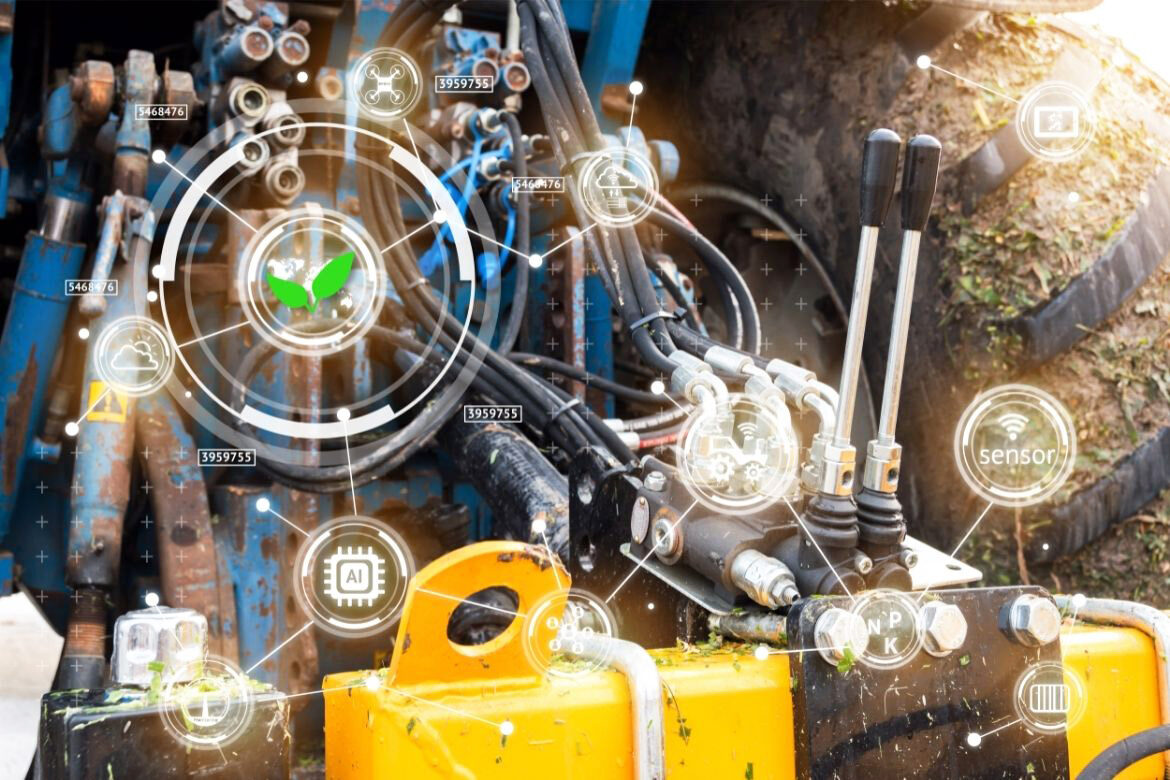Potential security hazards related to the use of driver assisted vehicles remain an ongoing concern. As the connectivity of all vehicle types has grown, effective security systems are needed to ensure these are not hacked or corrupted.
The association representing the European agricultural machinery industry, CEMA, has drawn attention to parameters in the anticipated implementation of EU-wide cybersecurity regulations.
Both the United Nations and the EU are working towards a set of regulations that will set standards for cybersecurity and over-the-air software updates. Secure communication with field robots will be essential for their safe deployment.
The proposed implementation of the regulations is set for 2024. One concern raised is that the legislation is being framed around the requirements of the auto industry, rather than the whole range of vehicle types in use. The main objection is that the various types of agricultural vehicles are divided over three categories, and a further category is not included at all.
Trailers, interchangeable towed equipment, and tractors comprise the three categories, but the fourth, self-propelled machinery, does not appear in the UN regulations, but is covered in the EU Machinery Directive now being drawn up.
The problem identified by CEMA is that there are different legal frameworks for each type of vehicle involved. This could entail a company having to take on board, and conform to, three or four sets of regulations to cover its product range.
Such a scenario will be a logistical nightmare for all manufacturers, especially the smaller ones without the resources to ensure compliance, as well as to police it going forward.
LSL News.

